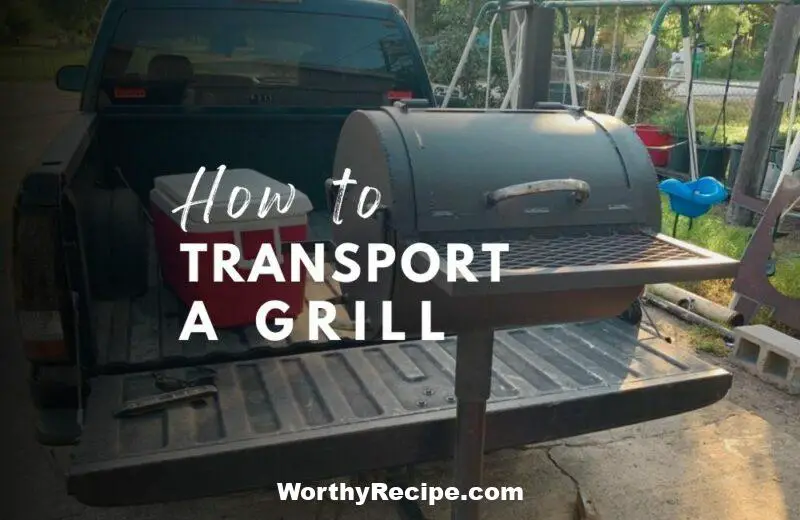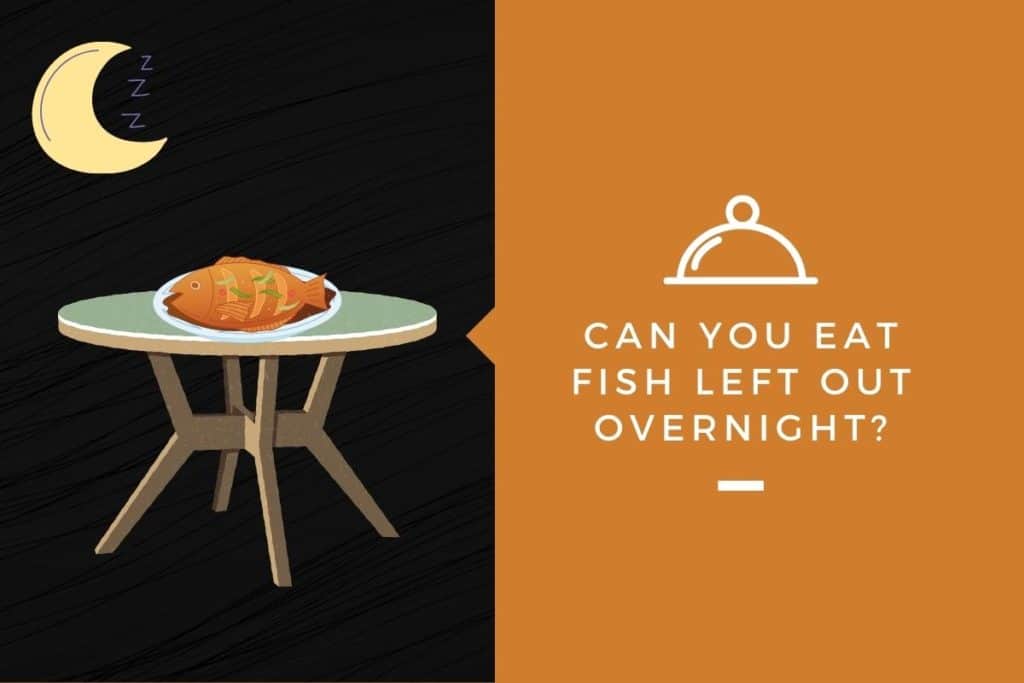Can a Grill be Transported Lying Down?
Grilling is a favorite pastime and a crucial part of outdoor entertaining. It’s no secret that grills come in different shapes and sizes, designed for various functions and preferences. One of the main concerns that people have when moving their grills from one place to another is the safety of the equipment and its components during transport. Laying down the grill during transportation has been an option for some, but what are the risks involved, and how can you do it safely? In this article, we take a more in-depth look at transporting a grill lying down and everything you need to know.
Understanding Your Grill
Before exploring the risks and benefits of transporting your grill horizontally, it is essential to understand your grill’s components. There are different types of grills available on the market, including gas, charcoal, pellet, and electric. Each type has its features and functionalities and components susceptible to damage when transporting.
Gas Grills
Gas grills are powered by propane or natural gas. They typically have a burner assembly with control knobs attached to a fuel source (propane tank) using hoses. Some gas grills may also include additional features such as side burners, rotisserie burners, smoker boxes, and infrared burners.
Charcoal Grills
Charcoal grills are designed to use charcoal or briquettes for cooking. The key components of charcoal grills include a cooking grate with adjustable height settings, charcoal or ash chamber at the bottom for fuel storage, air dampers for temperature control, and ash removal tray.
Pellet Grills
Pellet grills use wood pellets as fuel for heat production. They generally come with a large hopper or bin that stores the pellets before feeding them using an auger into the firepot, where they are burned to provide heat. They also often include convection fans to circulate heat and smoke to cook the food evenly.
Risks Associated with Transporting a Grill Lying Down
Transporting a grill lying down can pose significant risks to both equipment and people. Here are some of the potential hazards associated with this form of transportation:
Fire Hazards
Transporting a propane-powered grill lying down can potentially cause gas and oil leaks, leading to fire hazards and explosions. A tilt switch inside the propane tank valve could activate when in use; if it is activated when transporting the propane tank while laying down, it could lead to dangerous hazardous materials leaks, and ultimately a massive explosion.
Component Damage
Laying down the grill can put pressure on the components, causing them to shift and break during transportation. The cooking grates, burners, side tables, control knobs, and other similar parts could be damaged if they move around while lying down.
Gas Leaks
Gases are lighter than air; thus, turning a propane grill upside down may allow gas to fill woken and become trapped in hard-to-reach spots. This type of condition creates a bomb in waiting until someone ignites sparks from a simple lighter nearby which expels all the gas out at once causing severe danger for anyone nearby.
Safety Concerns
The greatest risk from transporting your grill is personal injury and property damage resulting from not properly securing it within transport conditions leading to shifting during transit. After all, grills are heavy equipment that can cause serious harm if they fall during loading or unloading or improperly strapped inside a moving vehicle. Additionally, transporting your grill without proper ventilation and safety precautions could expose you and other road users to carbon monoxide poisoning.
Advantages of Transporting a Grill Lying Down
Despite the potential risks associated with transport, there may be valid reasons for moving your grill horizontally, such as:
Convenience and Ease of Moving
Moving your grill laying down can make it easier to fit inside limited spaces and navigate through narrow doorways or tight corners; this gives convenience and saves time from taking the grill apart.
Space Saving Considerations
Laying your grill down flat frees up spaces for other items during transport making maximum effort with less space needed during transportation.
Limitations with Transport Trailers
Transport trailers are designed for specific equipment, but the grill’s size may not fit in some models or take up more space in heavy equipment trailers designed for larger machinery. Hence laying down the grill provides better access.
How To Safely Transport a Grill Lying Down
Transporting your grill lying down may be an option in some cases. If you need to do so, it is essential to follow certain guidelines to ensure that you do it safely.
1. Preparation Before Transporting
Clean the grill and remove any debris to avoid getting stains on your car upholstery. Detaching propane tanks from gas grills and ash trays from charcoal grills beforehand is necessary for added safety .
2. Blocking and Securing the Grill Before Transporting
Use sturdy straps or ropes to secure the grill firmly by wrapping it thoroughly around wooden blocks. Make sure you tie it down as tightly as possible to prevent the grill from moving or sliding unexpectedly when you brake or stop.
3. Follow Proper Loading and Unloading Procedures
It’s essential to follow proper loading procedures when putting your grill into your transported vehicle. Ensure that you have someone assisting you and that the vehicle is not on an incline.
Tips for Safe Transport of Different Types of Grills
1. How to transport gas grills safely
You must detach the propane tank from your gas grill before transporting it securely. If you cannot do this, we recommend using a specialized transport trailer designed explicitly for gas equipment.
2. How to transport charcoal grills safely
Clean out any build-up ashes and store them in an ash disposal container before laying down your Charcoal grill before transport.
3. How to transport pellet grills safely
You must remove the pellets and store them in an air-tight bag or container separately during transportation to prevent unnecessary moisture from oxidizing due to high temperatures inside the grill during transport.
Best Practices for Transferring Your Grill From Car to Destination Safely
Moving a heavy grill can put a strain on your back, so it’s important always to lift it with proper techniques and avoid lifting beyond your safety thresholds. Here are some best practices:
1. Carrying the Grill
Avoid straining your lower back by squatting and lifting with your legs, using stable footing as leverage while one person handles the carrying load while another follows behind watching for obstacles.
2. Placing and Storing Your Grill
The method of storing your grill after move depends on the type of grill you own. Ensure proper ventilation and steer clear from valves containing propane gas that could ignite, including flame detectors, sources of ignition, or smoking cigarettes nearby.
Frequently Asked Questions About Transporting a Grill Horizontally
1. What if my grill is really big? Can it still be safely transported flat?
If your grill is too large to stand upright inside your vehicle, it can be transported laying down, as long as you follow the proper guidelines and safety precautions.
2. What if I can’t get my grill to stand up after it’s been laid down?
If you encounter difficulty returning your grill in an upright position after transporting it by laying down, do not try to force it without inspecting first any potential damages that might have affected its stability since transport.
3. Can transporting a grill lying down damage the wheels?
Wheels should function optimally after transporting even with a flat position since most grills contain sturdy caster wheels designed specifically for rough terrain transportation.
4. Can Transporting Your Grill on Its Side Damage the Igniter?
The igniter may remain unharmed depending on the model installed in some cases; however, based on how tightly packed the parts are in addition to pressure created from transport could compress internal transistors which could cause failure during initial use requiring replacement. Seek mechanic assistance if this problem persists over time or occurs often after moving equipment horizontally.
Conclusion
Moving a grill from one location to another carries the potential for accidents and mishaps. Laying your grill down flat during transportation presents both benefits and hazards that must be assessed carefully before undertaking such an operation. To conclude, always follow the best practices when transporting your grill, adhere to the manufacturer’s guidelines, and ensure that those within close proximity follow proper protocol when assisting with transport. Make sure to take extra precautions where necessary so that your grill arrives in its destination scratch-free, and without damage to anyone nearby.
Employing safety when transporting heavy equipment like a grill is essential. Always use high-quality straps or ropes when securing your grill for transportation. At Adaface, we provide our clients with best-in-class software engineering talent while ensuring safety standards are adhered to throughout the recruitment process. We are passionate about creating a recruiting experience built around efficiency, and we understand the importance of safeguarding our clients’ valuable time while presenting top tech talents during recruitment.
Is it safe to transport a grill lying down?
Yes, it is safe to transport a grill while it’s lying down as long as you take the right precautions.
What precaution measures should be taken to transport a grill lying down?
Before moving, make sure the propane tank is disconnected, and any ash or residue is removed from the grill. Cover the grill with a secure tarp or blanket to protect it from scratches, and use sturdy straps to keep it in place during transportation.
What are some benefits of transporting a grill lying down?
One significant benefit of transporting a grill lying down is that it saves up on space in your vehicle. When standing up, the grill can take up more room and even tip over during transportation.
Can every type of grill be transported lying down?
Most grills can be transported lying down with proper precautions taken. However, built-in grills may require professional handling during transportation due to their size and weight.





